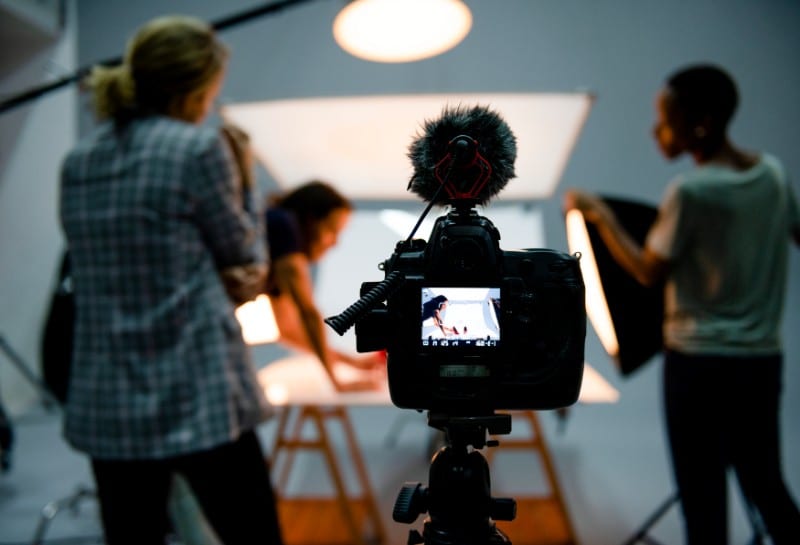3 Reasons to Shoot in Manual Mode
As a photographer or a professional, you will have a preferred style and mode of shooting. Most photographers prefer manual mode and even recommend it to others. Why? What is manual mode? Why is it so important? You can find all the answers below. And we will explain the 3 important reasons to shoot in manual mode.
Manual Mode is one of the main settings on your camera. It lets you manually control features such as shutter speed, aperture, and ISO. These three settings determine how light or dark your photo is. They are together called as ‘exposure.’ They also change the look of the image and photo. As a newcomer or amateur, you may be still learning certain things. Understanding aperture, shutter speed, and ISO takes a lot of technical knowledge and experience. But you won’t learn till you start shooting. So don’t worry if you are still new, our blog will guide you through all the necessary information.
There are Auto Modes (Auto/Program) and semi-automatic modes on your camera. You can start with those if you wish. However, with manual mode, you get a better sense of control and creative power. You can also decide the style and look of your photos. Below are the 3 main reasons you should shoot in manual mode.

Creative Control- By manually controlling features like aperture, you will have more control over the depth of field in your image. The depth of field helps you to decide how much of the image is in sharp focus. This comes handy when taking portraits. A large aperture (smaller f/number) will assist in creating shallower depths of field. This can be of significant help to your subject and help it stand out from the background. Photographers use this trick to create Bokeh. To have more of the image in focus, you can select a smaller aperture (bigger f/number). This is ideal for photography types like landscape where you want to capture both foreground and background in sharp focus. Shooting in manual mode simplifies this for you and lets you play around till you get the desired result. Shutter speed can let you capture motion in creative and interesting ways. By selecting slower shutter speeds, you can capture shots where your subject displays motion blur. For example city nighttime shots of cars streaking by, or waterfalls with smooth flowing water. You need slow shutter speed to capture that. Using fast shutter speed helps you freeze actions like a child jumping midair. Thanks to manual mode, you can select your shutter speed and control your image.
Creative Control also involves deciding the brightness and exposure of the image. If you wish to create silhouettes, you will have to make your subject stand in front of a bright background. Then you will have to deliberately underexpose your subject so they appear quite dark. Another scenario would be star photography. You will typically need to shoot with a large aperture, have the shutter open for a long time (10-30) seconds and shoot at a higher ISO. In two completely different scenarios, modifying your exposure and settings gives you an amazing photo. The brightness of your photo is an artistic choice. You will be able to pick it if you shoot in manual mode.

Handle Tricky Lighting- Lighting plays a very important role in affecting your photos. Some lighting situations are challenging for photographers. It can be tricky for photographers to shoot in automatic modes. Poor lighting can give you bad exposure or underexposure and waste your time and energy. Photographers struggle with backlit situations. If the light behind your subject is much brighter than your subject itself, then your camera will try to adjust the settings in order to capture the brighter light. This results in underexposed photos. The reverse situation is also not good. It can give you overexposed photos. Being able to use manual mode will solve these problems. You can adjust the settings and ensure your subject is properly exposed instead of relying on automatic modes. Shooting in low light activates the camera’s flash. And in most situations, the on-camera flash looks horrible. If you are shooting in manual mode, you can set the camera to a higher ISO (increasing the sensitivity of the sensor). Higher ISOs tend to produce more image noise but that can be corrected in post-production compared to a camera flash that can’t be dealt with.
Consistency- Shooting in automatic mode is risky as you have no idea how each image may look. With manual mode, you can maintain consistency as you can adjust the settings with each shot and image. Or you can set a standard if you wish to take similar photos and need the same exposure or lighting. Getting consistent exposures is a must for professional photographers as it provides them with security and also allows them to have a signature style of photography.
